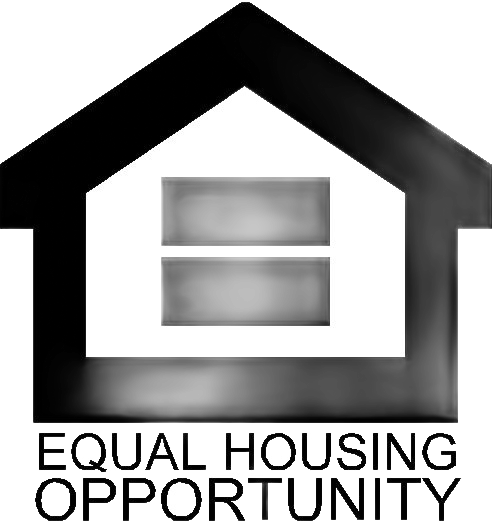Is a Home Equity Line of Credit a Second Mortgage?

When homeowners look to tap into their home’s equity, they’re often faced with a wide range of options—and just as many questions. One of the most common questions we hear is: Is a HELOC a second mortgage? The short answer is yes—but with a few important caveats. In this blog post, we'll break down the key differences between a HELOC, a home equity loan, and other related products like reverse mortgages and closed-end second mortgages, so you can make an informed decision.
A HELOC (Home Equity Line of Credit) is indeed a type of second mortgage, but it functions differently than a traditional home loan. When you take out a HELOC, you're borrowing against the equity in your home—just like a home equity loan—but instead of receiving a lump sum, you get a revolving line of credit you can draw from as needed.
Key features of a HELOC:
- Works like a credit card: draw funds, repay, and reuse
- Variable interest rates (though fixed-rate options are available with some lenders)
- Typically has a draw period (e.g., 10 years) followed by a repayment period
Curious how much equity you could qualify to borrow? Apply with Bonelli Financial Group today and let our experts guide you.
2nd Mortgage vs HELOC: What’s the Difference?
The term “second mortgage” is a broad category that includes both HELOCs and home equity loans. The main difference between a 2nd mortgage and a HELOC comes down to how the funds are disbursed and repaid.
Feature | Home Equity Loan (Second Mortgage) | HELOC (Second Mortgage)
Disbursement Lump sum Revolving line of credit
Interest Rate Typically fixed Usually variable
Repayment Begins immediately Draw + repayment periods
Best For One-time expenses Ongoing access to funds
A HELOC vs Mortgage comparison reveals major structural differences. A primary mortgage is what you use to purchase your home. A HELOC, on the other hand, is typically a second mortgage that lets you borrow against the equity you’ve built.
So while both use your home as collateral, a HELOC is not the same as your primary mortgage. It sits behind your first mortgage in lien position, meaning it's second in line if the home is foreclosed.
HELOC vs Second Mortgage vs Home Equity Loan
Let’s clarify the three often-confused terms:
Second Mortgage: Any loan taken out using your home equity while a first mortgage still exists. This includes both HELOCs and home equity loans.
Home Equity Loan: A second mortgage that gives you a one-time lump sum.
HELOC: A second mortgage offering a flexible credit line.
This makes the “Second Mortgage vs Home Equity Loan vs HELOC” debate more about loan structure than category—both loans fall under the umbrella of second mortgages.
Not sure which second mortgage option fits your needs? Schedule a free consultation with a loan specialist at Bonelli Financial Group by clicking here.
Reverse Mortgage vs HELOC
A reverse mortgage is another way to access home equity, but it’s quite different from a HELOC. Designed for homeowners aged 62 and older, a reverse mortgage allows you to receive payments from your equity rather than making monthly payments.
Feature Reverse Mortgage HELOC (Second Mortgage)
Age Requirement 62+ None
Repayment Upon sale/death Monthly payments required
Ownership Retained, but equity decreases Retained
So in a reverse mortgage vs HELOC scenario, the right choice depends on age, financial goals, and repayment comfort.
A closed-end second mortgage is similar to a home equity loan. You borrow a fixed amount with a fixed rate and term. Unlike a HELOC, there's no revolving credit—once you repay it, it’s done.
In the closed-end second mortgage vs HELOC comparison:
- Choose closed-end if you need a large, one-time amount and prefer stable payments.
- Choose HELOC for flexibility and ongoing access to funds.
If you're unsure whether a HELOC or a traditional mortgage refinance is better for your situation, using a mortgage calculator can provide clarity. These tools compare:
- Total interest paid
- Monthly payments
- Long-term cost differences
A calculator can help you understand how HELOC Rates vs Mortgage Rates will affect your overall finances.
Want help crunching the numbers? Our advisors at Bonelli Financial Group will walk you through personalized options using the latest tools and calculators. Contact us today.
One last key consideration: HELOC Rates vs Mortgage rates. Typically, HELOCs have variable rates, which may start higher or lower than fixed mortgage rates but can increase or decrease over time. On the other hand, traditional mortgage loans often come with fixed rates, offering predictability.
So, is a HELOC a second mortgage? Yes—but it functions quite differently from a traditional home loan or a closed-end second mortgage. Whether you choose a HELOC, Home Equity Loan, or Reverse Mortgage, the best option depends on your financial goals, timeline, and risk tolerance.
If you’re ready to explore your options or want help comparing products, call Bonelli Financial Group Today. Your home equity is one of your most powerful financial tools—use it wisely.













